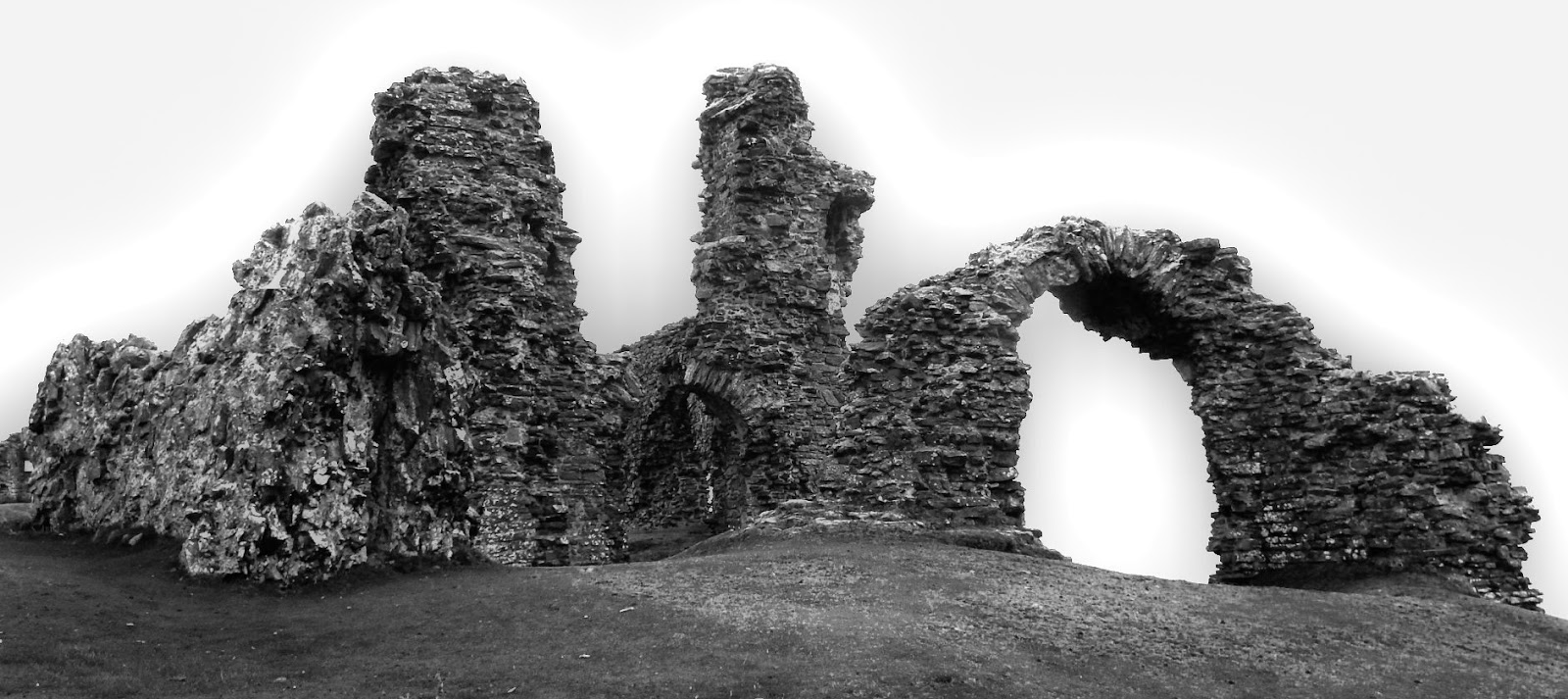Adam began photography in 2001, where he self taught himself by reading from numerous of magazines and trying different techniques he had discovered from these magazines. Thus allowing him to further develop his own style, standing out from other photographers. Adam's photographers are frequently published in newspapers, magazines, books and calendars, giving him more recognition for his work. Adam specialises in landscape photograph and travels frequently in order to capture a variety of photographs. Adam focuses on capturing natural light during the early hours or golden hour as he prefers to capture the light rather than enhancing the photographs digitally.
Source: http://www.adamburtonphotography.com
The colour palette within this photograph is limited due to the surrounding area therefore the colours within the photograph are constantly repeated e.g. green. The foreground acts as a frame to view the background and I think this is the aim of the photograph. The light captured within the photograph creates highlights in different areas of the photograph as well as creating shadows. There are several colours used within this photograph, most of them being repeated such as green and brown. Due to the composition and the positioning this allows the photographer to capture the detail of the shapes found within the foreground such as the wooden fence and the tree.
Source: http://www.adamburtonphotography.com
This is a representational landscape photograph as it shows recognisable objects such as trees, mountains and water. The colour palette within this photograph is broad as it uses a variety of different colours which are often repeated throughout due to the objects repeated. The water creates space within the photograph as this creates a reflection on the clouds and splits the image up from being too busy. The mist captured within the background is able to stand out due to the contrast within the light and dark colours. The mist suggests that the photograph was captured during early hours of the morning. There is a variety of different tones within the photograph due to the colours and lighting used. This also gives a soft appearance, especially the trees which are located in front of the mist. There are a variety of lines found within the photograph especially the outline of the mountains.
Source: http://www.adamburtonphotography.com
Source: http://www.adamburtonphotography.com






















